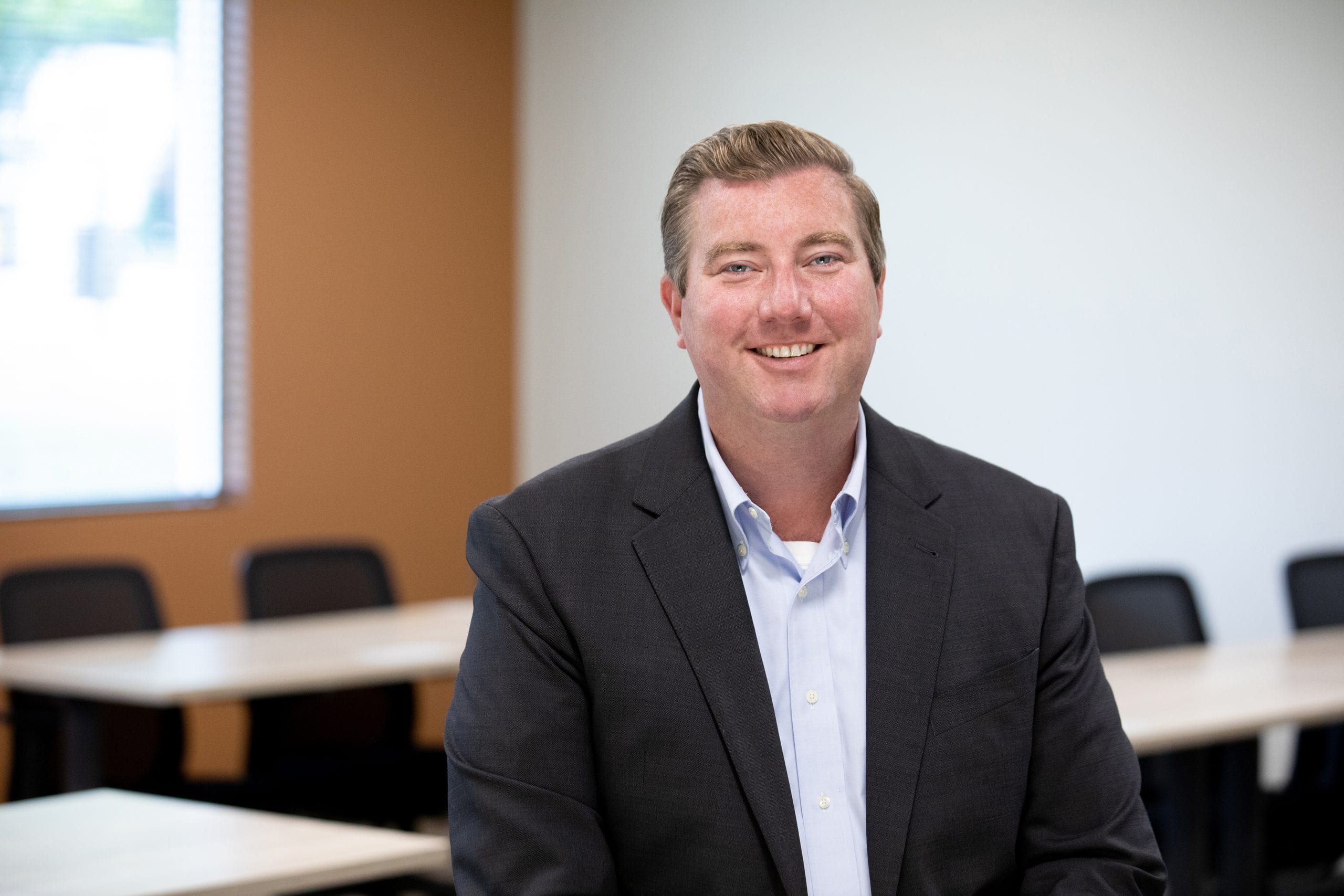
Featured Projects
- NY Presbyterian Hospital, David H. Koch Center
- Northwell Health North Shore University Hospital - Advanced Surgical Pavilion
- Mt. Sinai Queens Ambulatory Surgical Center
- NYU Langone Health Kimmel Pavilion
- Northwell Health Cohen Children's Hospital
Jack Conway
Vice President, Hospitals, GBHLS
Jack Conway, along with Lou Arzano, runs Gil-Bar Health and Life Sciences (GBHLS). There, he leverages expertise developed over fourteen years focused on the unique challenges of engineering projects in the healthcare arena, especially in operating room construction.
After Jack completed his Bachelor of Engineering degree in Marine Mechanical Engineering at SUNY Maritime College, he sailed over the horizon, literally. Serving as 3rdAssistant Engineer on the M/V American Tern and M/V Calvin P. Titus, APL Maritime vessels in commercial operations in the Middle East and Southeast Asia. Returning to shore in 2006, he joined NYU Langone Medical Center as an Engineering Manager. Over the next six years, he rose to become Assistant Project Manager, and then Project Manager, tackling the organization’s building projects from an engineering, bidding, and construction perspective.
In 2012, he became a critical part of Gil-Bar’s expanding efforts to serve the healthcare industry. When Gil-Bar formed GBHLS, Jack’s background made him a natural choice to help bring its vision for state-of-the-art modular construction practices to life. For example, working on behalf of his former employer, NYU’s Langone Hospital, Jack and his Gil-Bar Team simplified the complexity of hybrid OR imaging rail coordination by using a state-of-the-art modular operating room ceiling. Jack’s approach was then applied to 14 general operating rooms in the Hospital’s new Kimmel Pavilion, saving months of field labor installation and BIM coordination. “To know we are part of the most efficient construction practices, all the while providing first class air delivery over the patient, is what Gil-Bar Health and Life Sciences is all about.”
This combination of innovative technology and real-world applications expertise is just part of what drew Jack to Gil-Bar. It’s also the relentless focus on the customer. As he puts it: “We define success through our clients’ eyes; therefore, we treat our clients’ objectives as our own. Then, our own culture of collaboration allows us to achieve things we never thought possible.”
